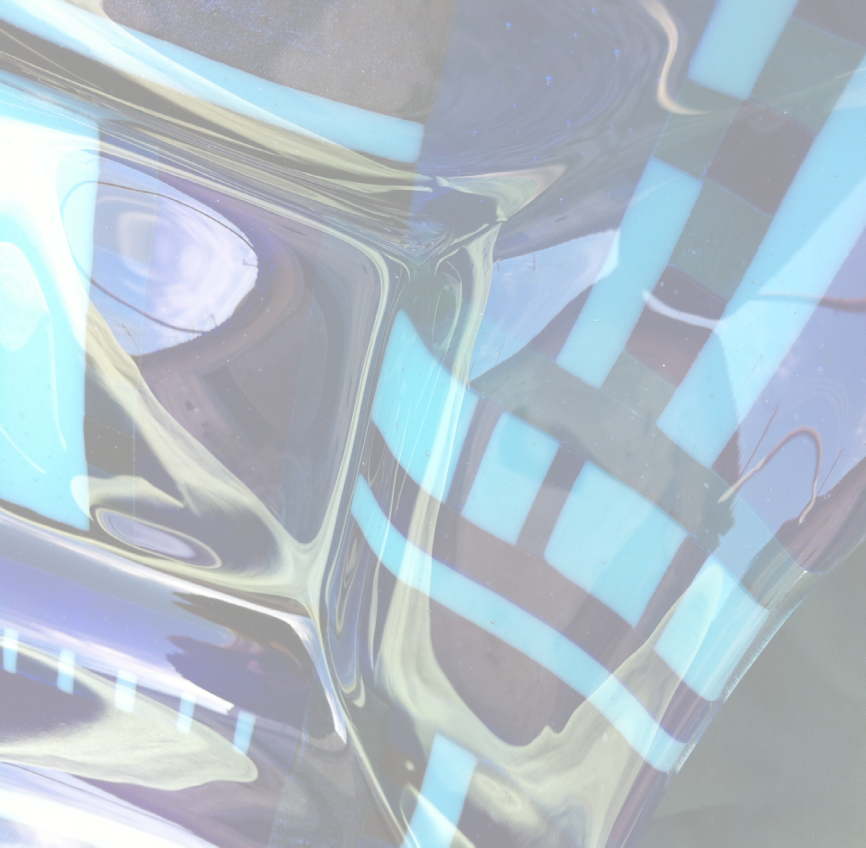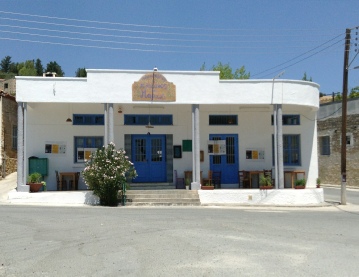
Mary Nottingham
Glass Artist
Malia Glass
art from glass - tέχνη από γυαλί
Brief history of the village
Mallia (meaning ‘hair’ in Greek or possibly ‘sheep’ in ancient Arcadian dialect) or Bağlarbaşı in Turkish (meaning ‘beautiful vineyard’) was, until 1974, a mixed village from the Ottoman period. The population of the village increased throughout the British period, rising from 494 persons in 1891 to 712 in 1960. The Turkish Cypriots always constituted the clear majority in the village with Turkish Cypriots making up 88% of the village’s population in 1960. On 9 March 1964, following an attack by Greek Cypriot forces in which seven Turkish Cypriots were killed, about 1,000 Turkish Cypriots—both those from Mallia and those who had taken refuge there—fled the village. After 1968 many of the Mallia Turkish Cypriots returned to their village with 416 recorded as living there in 1971.

The village taverna is situated in the square and serves a full menu of local dishes.
The Republic of Cyprus (RoC) government of the time encouraged the return of the Mallia Turkish Cypriots because of the economic importance of the island’s wine industry and the fear that the large untended Turkish Cypriot vineyards would be destroyed. By December 1970 the RoC government claimed to have spent CY£6.7k repairing 103 Turkish Cypriot houses in Mallia that had been damaged and burned in March 1964.
In 1974, once again the entire Turkish Cypriot population of Mallia fled the village, but this time to the British Base at Akrotiri. They stayed there until February 1975, when they were transferred via Turkey to the northern part of the island. Today, Mallia is quietly inhabited by its original Greek Cypriot inhabitants, displaced Greek Cypriots from the north, residents of Limassol who rent village houses to get away from the humidity of the coast at weekends and holidays and a very few ex patriots.